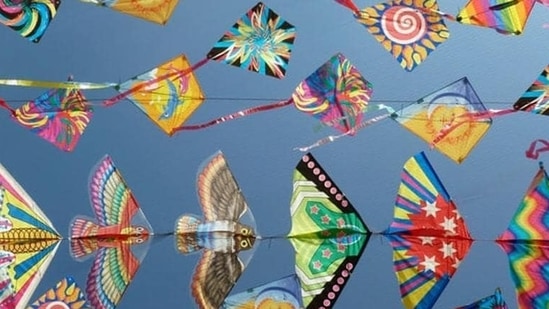Makar Sankranti 2022: History and significance of festival
Makar Sankranti: This year, the AYUSH ministry will hold a Surya Namaskar demonstration programme for around 7.5 million people globally.
Devoted to Surya Devta or Sun God, the auspicious occasion of Makar Sankranti is celebrated on January 14 each year and, in case of leap year, on January 15 that particular year. Considered as the day on which Sun transitions into Capricorn, Makar Sankranti is celebrated with great pomp and enthusiasm.

On this day, farmers across India tribute to Sun God, and wish for a good crop. In different regions of the country, the festivities are known by different name, for e.g., as Magh Bihu (Assam), Maghi (Punjab), Sakraat (Haryana), Pongal (Tamil Nadu), Push Sankranti (West Bengal), Sankranthi (Andhra Pradesh and Telangana) etc.
Another customary and popular practice associated with this festival is kite flying. In Gujarat's Ahmedabad, since 1989, the day has been observed as International Kite Festival.
Also Read | Makar Sankranti: Here's why kite flying is a major part of the festival
This year, the ministry of AYUSH will organise a Surya Namaskar demonstration programme for around 7.5 million people globally. The programme, the ministry said in a statement, will underline the importance of Makar Sankranti in ‘our cultural and spiritual heritage.’
“The Sun, as the primary source of energy, is critical not only for the continuation of the food-chain but it also energises the mind and body of human beings. Scientifically, the Surya Namaskar has been known to develop immunity and improve vitality, which is significant to our health during pandemic conditions. Exposure to the Sun further provides the human body with Vitamin D, which has been widely recommended in all medical branches around the world,” the AYUSH ministry noted in the statement.






